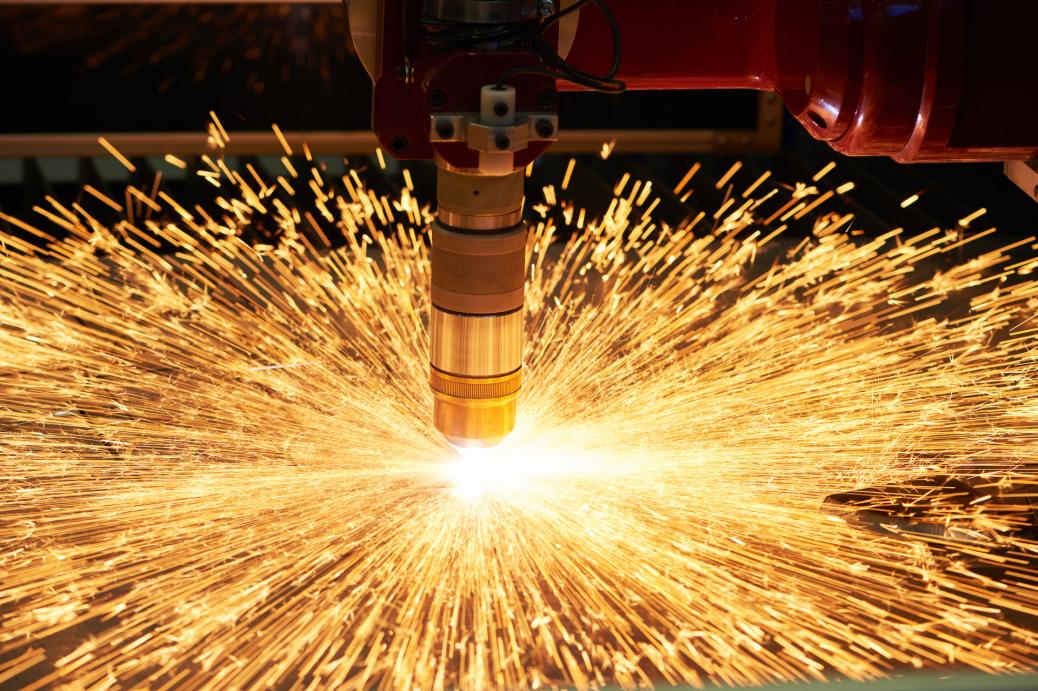0 items - £0.00
No products in the basket.

Extreme accuracy and extraordinary efficiency are vital in a very competitive automotive industry. How can that be achieved? One of the perfect ways automakers can attain this is by utilizing laser cutting technology. Laser cutting refers to using a high-density power laser beam to heat the surface of a material to the degrees specified in a short time, resulting in a cut edge. Laser cutting has two categories: pulse laser, suitable for metallic materials, and the second is continuous laser for non-metals.
What’s more, laser cutting technology can be used in the automotive market for soldering, casing, carving, and designing vehicles in addition to cutting. The technique is so handy it’s not surprising it has turned out to be a vital tool in global vehicle production. Continue reading this piece if you’re eager to find out further uses of laser cutting technology in the automotive industry. Here are six uses of laser cutting in the automotive industry:
A laser cutter emits an electromagnetic wave with over 5,000 nanometers. The metal uses the energy produced, which triggers a structural transformation of the moles, enabling precision cutting. The beam parameter product determines the quality of a laser beam. Carbon-dioxide lasers have an 8-9mm beam parameter product, which is common. It is valuable in the automotive industry since it helps ensure precision in cutting and producing necessary vehicular components. Precisely cut car parts and features help guarantee the overall quality of the products before entering the market. It explains why laser cutting is so widely employed in the car industry today.
Vehicles are lightweight today, partly owing to the elimination of certain parts. Flanges that were fastened to serve as a cover, for instance, are no longer a requirement in vehicle production. Additionally, automakers are now adopting carbon fiber or aluminum for exterior vehicle design instead of steel. Lasers have brought us to this point since they can efficiently weld the seams and provide a protected seal. Additionally, when it comes to window tinting, there’s no need to use knife blades; the laser cutting system gives a more accurate fit, minimal room for errors, and it’s fast.
Headlamp covers and optics are often built of clear plastic, which needs laser cutting to remove strips of unnecessary plastic that remain after design. Polycarbonate is used to make lamp fittings because of its visual brightness, break-resistant, UV (ultraviolet) radiation, and weather resistance. Even though the laser procedure leaves an uneven finish, the laser-cut ends are barely discernible when the headlamp is fully assembled. Additionally, many other polymers in automobiles undergo laser cutting, leaving a high-quality finish with even ends that don’t require additional cleaning or modification.
Many industries were shut down totally or temporarily due to Covid-19. But still, the universal waste metal sector is predicted to reach USD$1 billion in the next five years. Reprocessed aluminum and steel constitute a significant percentage of new car material in today’s vehicles. While this is beneficial, improper material cutting creates waste and costs producers money. Since cutting designs may be enhanced, laser cutting can assist vehicle manufacturers in maximizing the materials used and minimizing waste.
As the automobile sector develops, it’s becoming increasingly difficult to access some areas using traditional equipment or machines. However, laser cutting saves the day since it can quickly access parts whose shape is hard to access with other equipment. It results in less waste and less idle time. Furthermore, because the operation is non-contact, there’s no material damage or breakage, and the laser requires minimum maintenance.
On the other hand, the machinist’s well-being is guaranteed since the entire operation happens in an enclosed chamber with no need for manual intervention. Furthermore, there’re no moveable blades; therefore, there’s no risk of injury. In a nutshell, laser processing in this situation means that plans may be changed quickly and readily without incurring additional costs, and consistent outcomes are within reach.
Lasers are widely applied to polish the fabric covering the inside columns of most high-end vehicles. The fabric is woven into these sections during the molding process. But there is always leftover fabric that needs polishing. As a result, the unwanted edges are laser cut before being installed in automobiles.
Final Thoughts
Laser cutting differs from other traditional techniques in the automotive industry. Perhaps among the many advantages of the laser cutting process is it provides reliable and high-quality products through a focused laser light beam. It also enables you to make accurate cuts and smooth edges, acquiring a better-finished product with minimized waste materials. Additionally, the energy consumption is low, it is less time-consuming, and it has a low maintenance cost.

Development Office, Unit 211 East London Works, London, E1 1DU
© 2017 3Dom Wraps | Terms & Conditions | Privacy
Created with love @ 